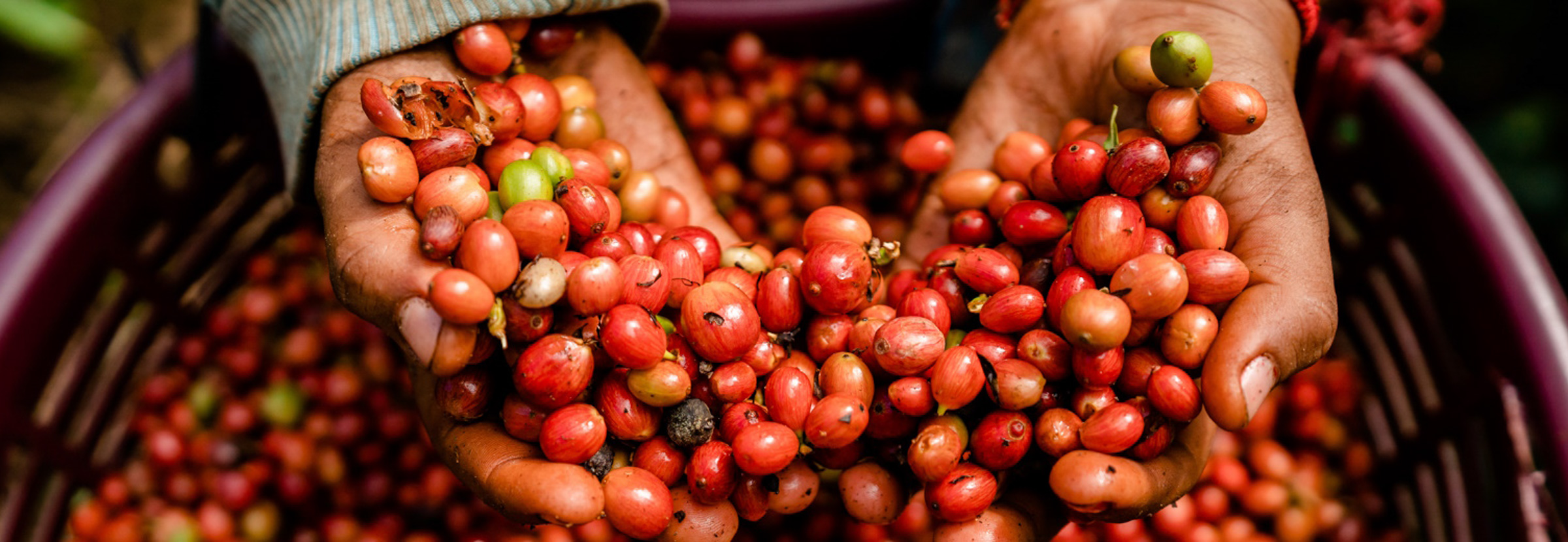How has robusta production in Nicaragua developed in recent years?
Robusta accounts for approximately 30% to 40% of the global coffee supply; countries like Vietnam, Brazil, and Indonesia are the largest producers of robusta in the world. Robusta makes up as much as 95% of Vietnam’s annual coffee production, while Reuters reported in May 2022 that Brazil’s robusta production was set to increase by 4.1% last year.
The latter is an indication that global demand for robusta has been increasing in recent months – thanks in part to rising arabica prices in 2021 and 2022, which have since fallen to around US 180 cents/lb.
Despite this growth in demand, compared to arabica, robusta has historically been perceived as lower-quality coffee. However, it’s important to distinguish the differences between the two in terms of production – and how this results in a different product for both roasters and consumers.
Moreover, with the impact of climate change threatening the future of the coffee industry as we know it today, investing in robusta production is becoming more and more essential. This is especially pertinent considering that robusta is much more climate-resilient than arabica.
So, in light of this, how has robusta production developed in recent years, and how can improving robusta farming practices benefit both producers and roasters? To find out, I spoke with four people at one of the biggest global green coffee importers, Mercon Coffee Group.
You may also like our article on whether coffee roasters should add robusta to blends if arabica prices increase.
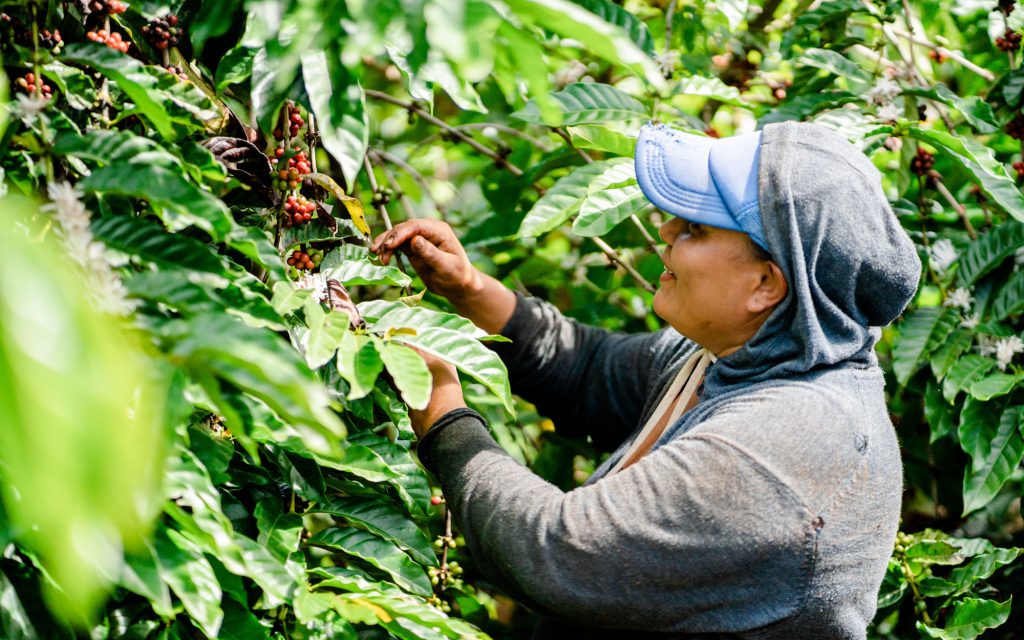
An overview of robusta production
In addition to three of the world’s top five coffee-producing countries, robusta is also grown in many other origins. These include India and Uganda (where it can sometimes grow at similar altitudes to arabica). However, more recently, robusta has also been growing in Nicaragua.
Robusta tends to have a higher yield per plant than arabica and is typically more resistant to a number of pests and diseases. In turn, this means it is usually cheaper for coffee farmers to grow robusta.
Although it is also theoretically easier for producers to grow robusta, there is a gap when it comes to formal agricultural best practices in commercial robusta production. This significantly contributes to the perception that commercial robusta is of lower quality than arabica, as there are fewer quality control measures along the supply chain.
However, it’s vital that we differentiate between commodity-grade and fine robusta. While there is little regard to quality with the former, the latter focuses on much stricter standards.
For example, according to the Fine Robusta Standards and Protocols, fine robusta should have no primary defects (such as fungus damage or full black beans) and no more than five secondary defects (including broken or partial sour beans).
Ultimately, these standards help to establish fine robusta as a unique product which is significantly higher-quality than commercial robusta.
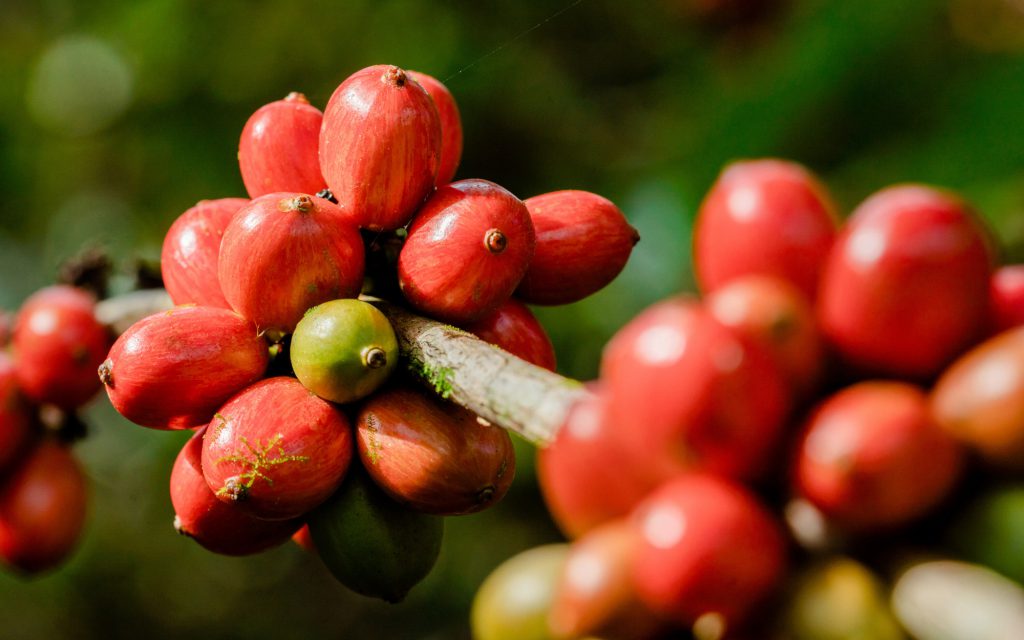
Why is improving robusta quality so important?
Although arabica is generally of higher quality than robusta, it is significantly less climate-resilient.
In recent years, this is becoming an increasingly pressing issue in the coffee industry. According to a 2022 study, as a result of rising temperatures due to climate change, researchers predict that the world’s top five producing countries will experience a reduction in both the size and suitability of their coffee-growing areas by 2050.
If levels of carbon emissions are to remain the same, this could have a major impact on the global coffee industry – especially considering that arabica accounts for 60% to 70% of the global coffee supply and is much more vulnerable to temperature fluctuations.
Neil Oney is a green coffee quality specialist at Mercon Specialty.
“As the effects of climate change worsen, we may see fewer farmers growing arabica,” he tells me. “Arabica production requires more stable environmental conditions than growing robusta.
“Moreover, you can grow robusta at sea level,” he adds. “Therefore, we might see more arabica farmers located at lower altitudes switch to growing robusta.”
Another issue that is likely to become more prominent as weather patterns get more erratic is the threat of pests and diseases. For example, cases of coffee leaf rust (also known as la roya), which is a result of a fungus, are likely to rise if rainfall and humidity levels increase and become more unpredictable.
With robusta naturally being more resistant to pests and diseases, the need to invest in implementing best agricultural practices is essential.
“The more that we work to improve robusta quality, the more that consumers will start to demand it – which is beneficial to everyone in the coffee supply chain,” Neil says.
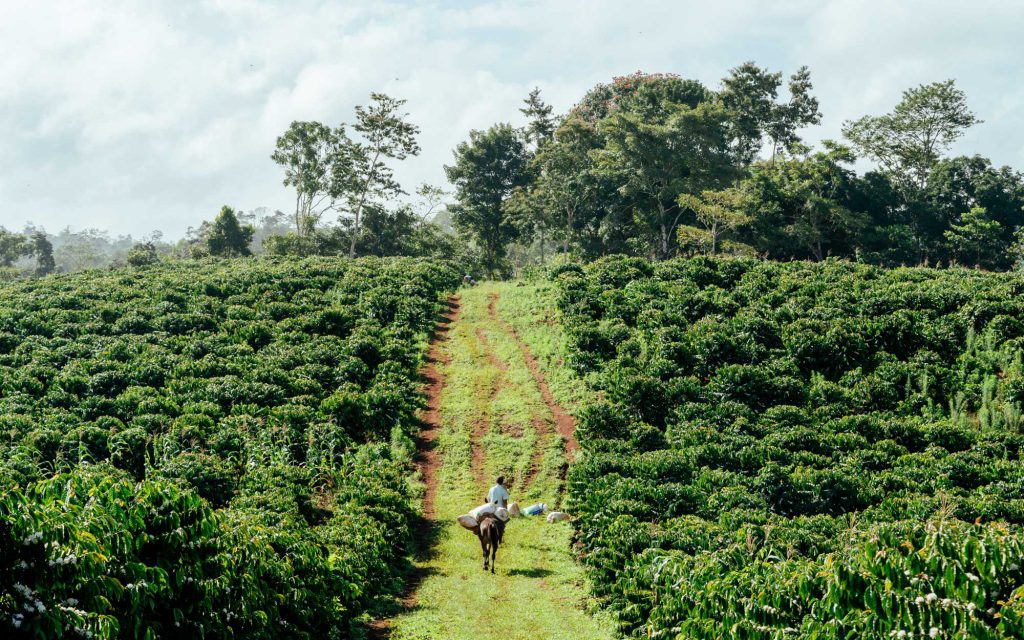
So, how is robusta grown in Nicaragua?
Robusta is grown in many countries, so there is significant potential to improve how it is produced around the world.
Mario Hurtado is the Agricultural Division Manager at Mercon in Nicaragua. He tells me that on the Caribbean coast of Nicaragua in Central America, Mercon Specialty is working with more than 1,000 producers to implement agricultural best practices to improve robusta quality.
“Fifteen years ago, robusta production in Nicaragua didn’t exist, so robusta is still relatively new to most farmers here,” he says. “In the years since, we have been working to develop robusta production, as well as conducting research into a number of variables, including which varieties to plant, different harvesting and drying techniques, and the quantity and types of farming inputs to use, to name a few.
“Today, producers have a lot of knowledge and experience about how to successfully grow robusta, but we are still learning how to improve yields, coffee quality, and profitability even further,” he adds.
John Gardina is the Director of Sales Americas at Mercon.
“Robusta production in Nicaragua has improved significantly in recent years,” he says. “According to our data, the country will produce around 120,000 60kg bags of robusta in 2022/23, which will be the first year ever that robusta production rises above 100,000 60kg bags.”
How has the country’s robusta production changed over the years?
This is especially significant for Nicaraguan coffee farmers. Before 2016, the country had strict laws on how close robusta could be grown to arabica, which meant producers had to plant robusta no less than 30km away from arabica, as well as other geographical and altitudinal restrictions.
Adolfo Lugo is the Origin Corporate Manager at Mercon. He explains that this law is still enforced to help preserve the quality of the coffee produced in Nicaragua, but in the years since, it has been modified several times.
He also tells me that in regions that were historically used to raise cattle, many farmers decided to start growing coffee, but they had very little infrastructure and support. In these cases, he says Mercon’s LIFT Program has helped local farmers to build their capacity for coffee production.
“The LIFT initiative has been fundamental to improving the quality of robusta,” he says, adding that farmers who take part in the LIFT platform should complete up to 26 courses that focus on sustainable coffee production, social development, and environmental impact.
He explains that as part of the LIFT platform, Mercon also provides technical support, as well as access to finance and certifications. Moreover, he tells me that Mercon encourages producers to grow robusta at lower altitudes on degraded pastures which are located away from arabica farms.
John tells me that cultivating different varieties of robusta is further advancing overall quality.
“Through our seedlings project in Nicaragua, we have cloned certain robusta varieties,” he explains. “This has helped us to disseminate higher-quality robusta seedlings to local producers, which not only produce higher yields, but also produce a similar cup profile to what roasters are looking for.”
Improving harvesting techniques
Mario explains that an understanding of terroir is especially important for growing high-quality robusta.
“In the regions where Mercon helps producers grow robusta in Nicaragua, conditions such as soil quality, rainfall, and temperature all help to improve the quality of the coffee,” he tells me.
John adds that developments in harvesting have also helped to increase robusta quality.
“Typically, when harvesting robusta, producers will strip all cherries off the branch,” he says. “However, when they adhere to harvesting best practices, producers pick only the ripe cherries.
“It’s more time-consuming and expensive to do it this way, but it significantly improves robusta quality,” he adds.
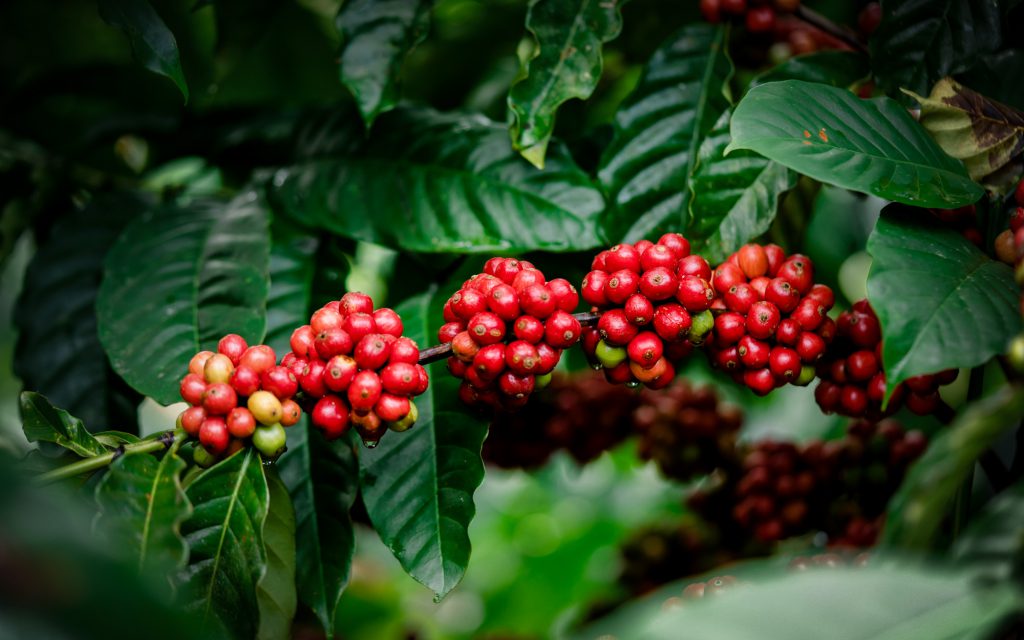
How does improving robusta quality benefit producers and roasters?
Ultimately, with more and more arabica farmers facing the threat of climate change, developing new techniques to grow higher-quality coffee is one way of safeguarding the future of the industry. But how does it benefit both producers and roasters?
“In the region of Nueva Guinea, although cattle rearing is still the biggest generator of income, robusta farming is more labour intensive, so it has helped to create more jobs for local people,” Adolfo says.
John agrees, saying: “Robusta production has brought prosperity to the region – for example, new roads are being built.
“More and more people are requesting seedlings from us, which clearly shows that robusta production is providing economic benefits,” he adds. “Mercon also has an office and a mill in the region, so we’re also providing financial support and technical assistance.”
“For Nicaraguan farmers, learning how to grow robusta has been a slow and costly learning curve,” Mario says. “There has been plenty of trial and error, however, a few years ago, we developed a set of agricultural best practices which have been working effectively.”
For roasters, meanwhile, there are many benefits to including more robusta as part of their offerings. These include reducing costs – especially when the C price or operational costs are especially high.
“When using fine robusta, roasters can add it to blends to reduce their costs,” Neil says. “Furthermore, because roasters are paying more for higher-quality robusta, farmers are also receiving more equitable prices.
“Some years ago, some roasters didn’t believe that Nicaragua produces robusta,” he adds. “It’s been challenging to convince people to buy robusta, but there is growing interest from specialty roasters.”
Fine robusta – a marketing tool?
As well as being a dependable component for specialty coffee blends, fine robusta can also be a unique selling point for roasters to market as single origin coffees.
“Fine robusta can have many desirable characteristics, such as notes of chocolate, fruit, and spice, as well as clean-tasting flavours, which represents some of the robusta we are growing in Nueva Guinea, Nicaragua,” John says. “It can also add complexity, thereby creating a new product which the roaster might not have offered before.”
“Mercon is also focusing on honey processed robustas, which are gaining more interest from the specialty coffee sector,” Neil concludes.
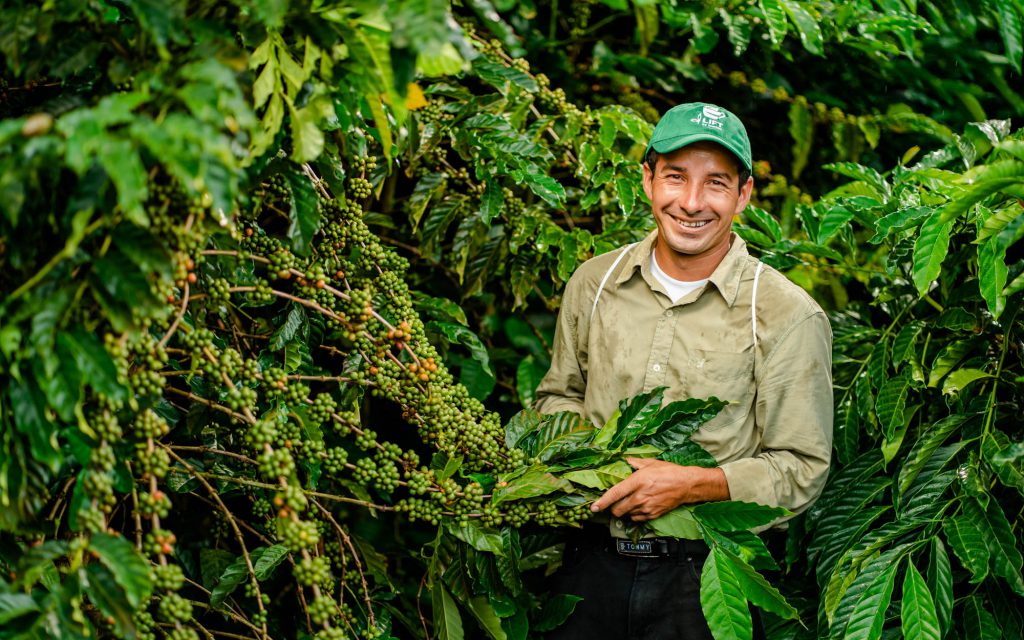
Despite historical misconceptions about commercial robusta being lower quality, there is undoubtedly potential for coffee farmers to grow more fine robusta. As long as they receive the right support and assistance, robusta producers can implement farming best practices and thereby improve overall quality.
And with the effects of climate change continuing to pose a threat to the future of the global coffee industry, investing in robusta production has never been more important.
Enjoyed this? Then read our article on trends in experimental coffee processing.
Photo credits: Mercon Coffee Group
Perfect Daily Grind
Please note: Mercon is a sponsor of Perfect Daily Grind.
Want to read more articles like this? Sign up for our newsletter!

